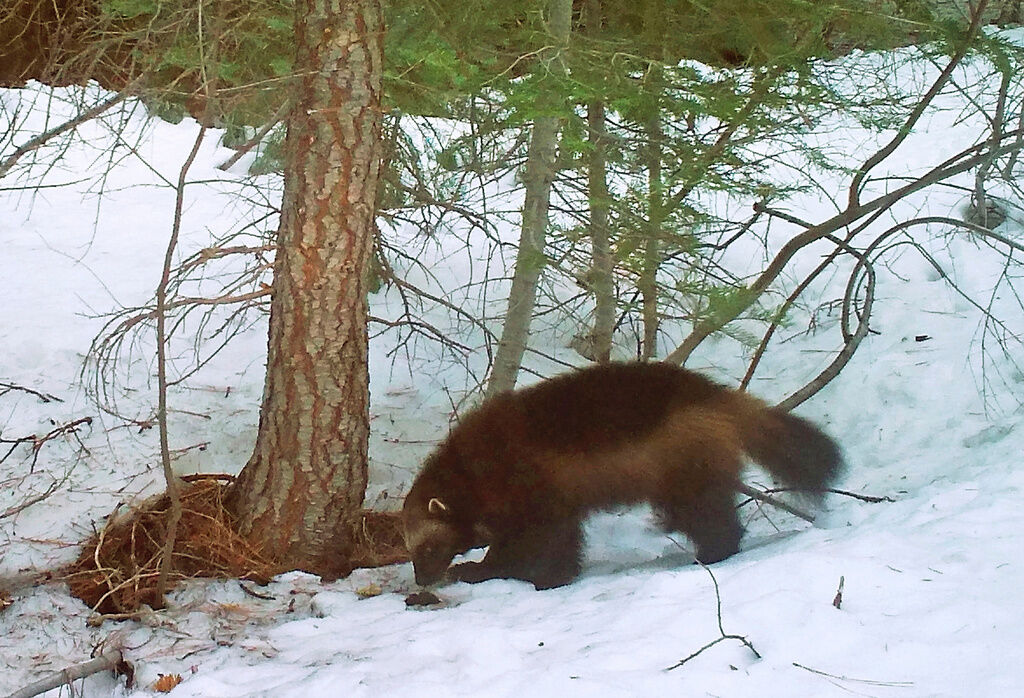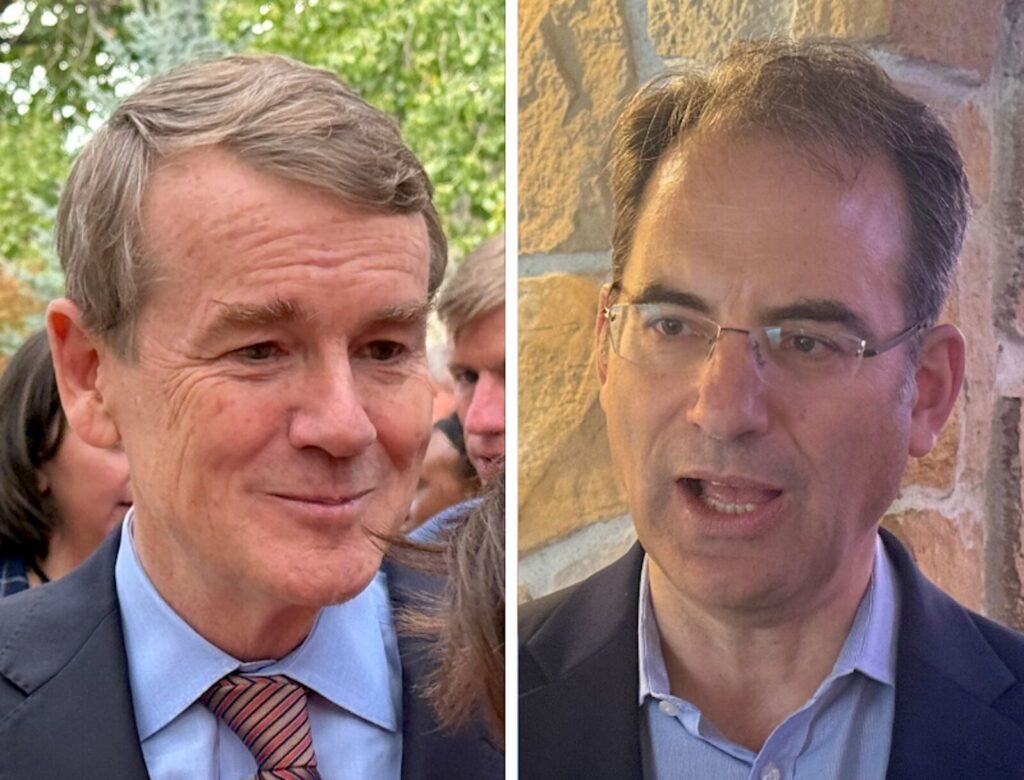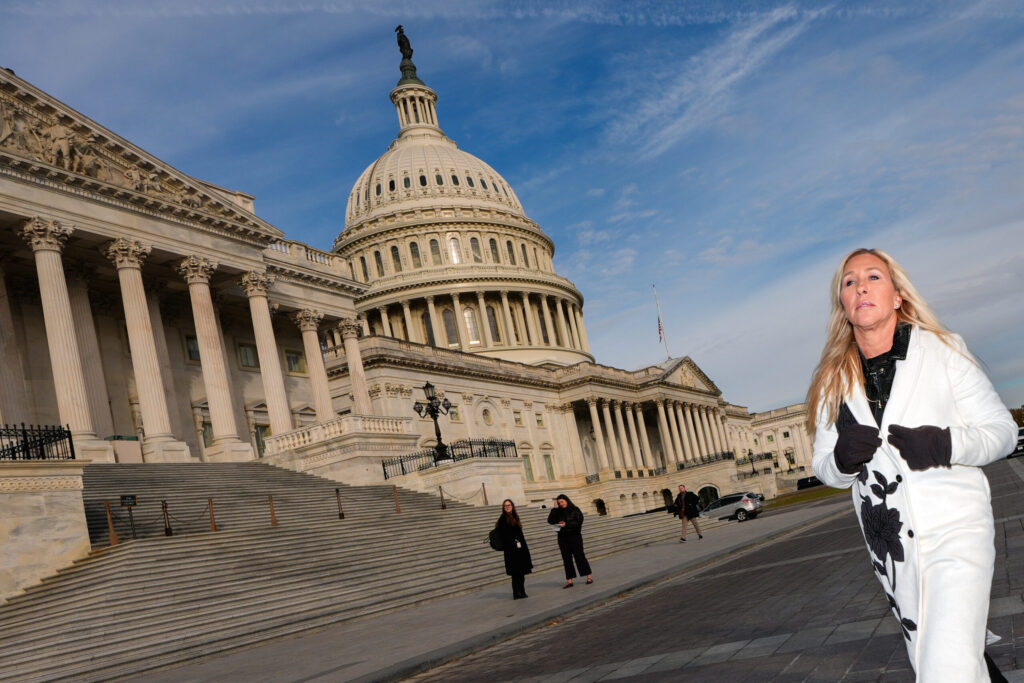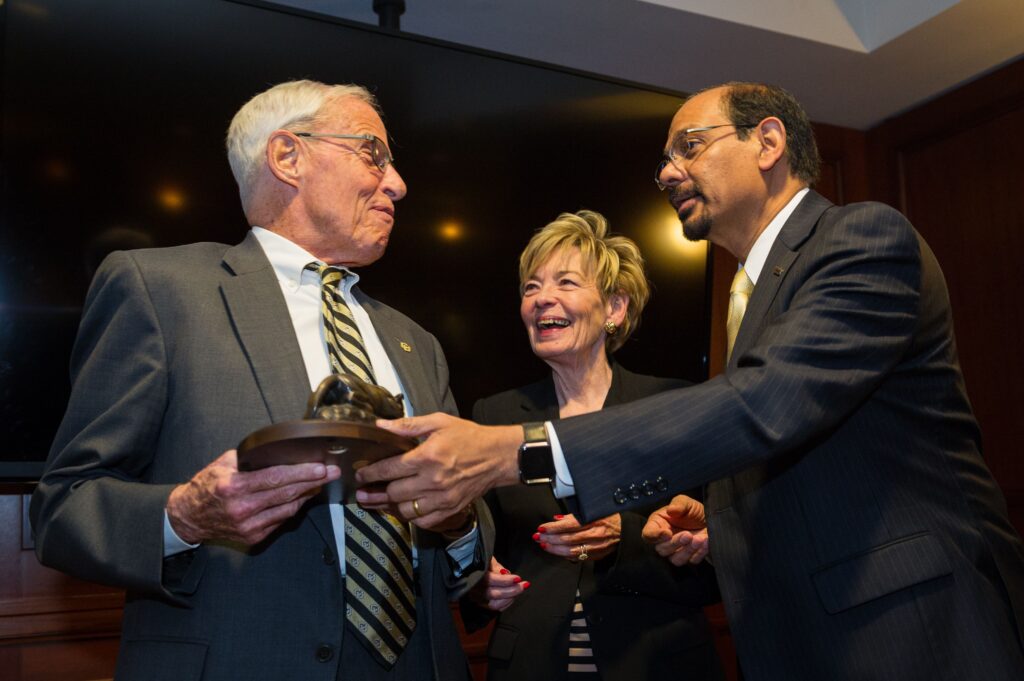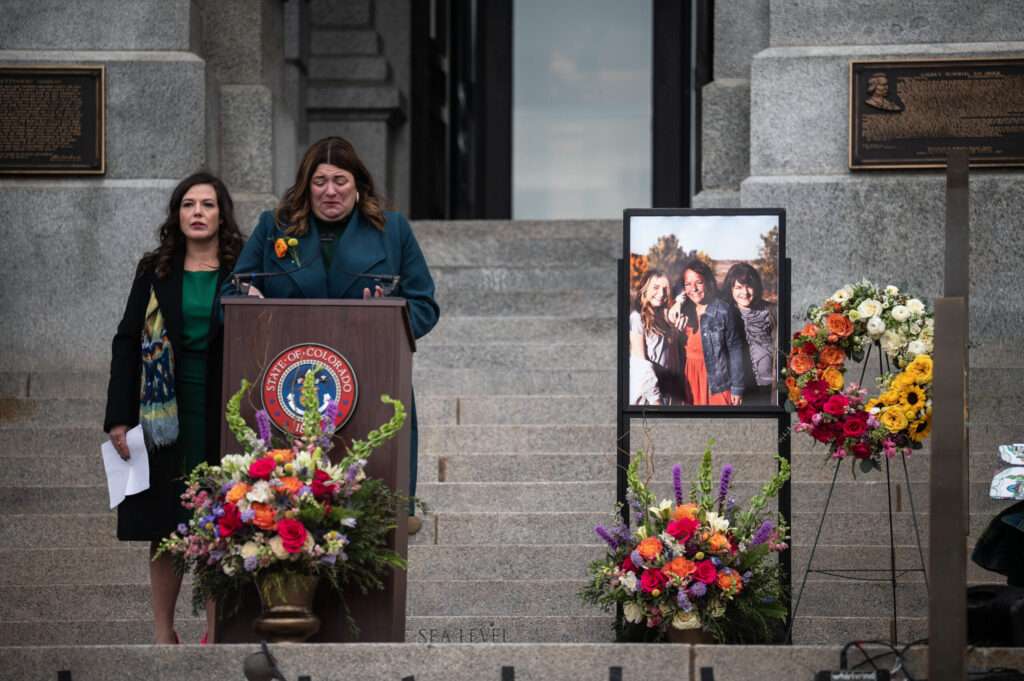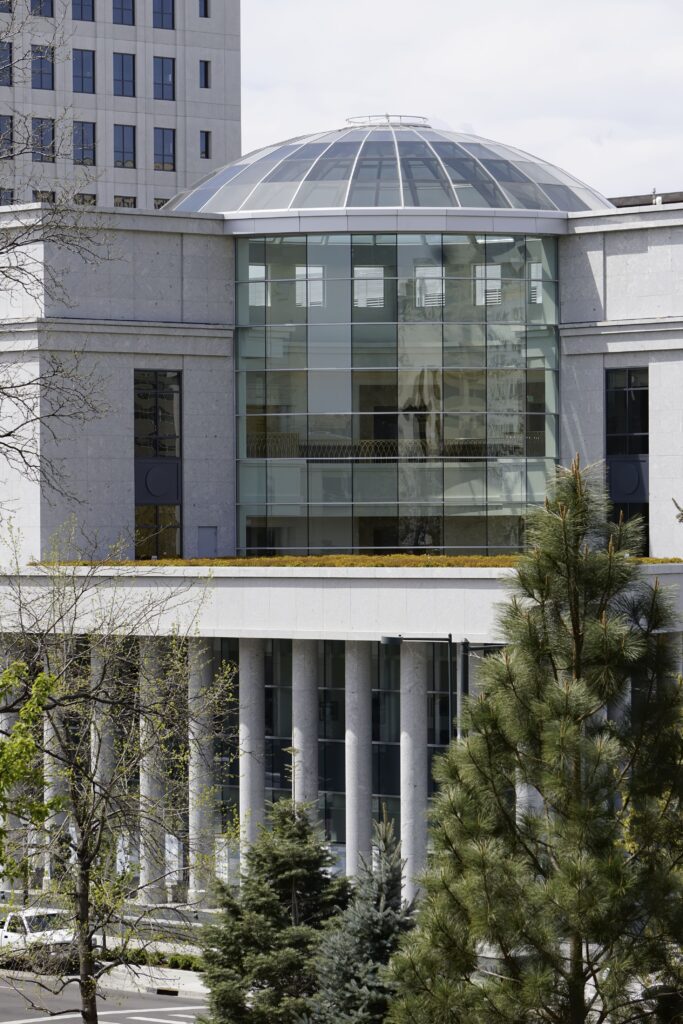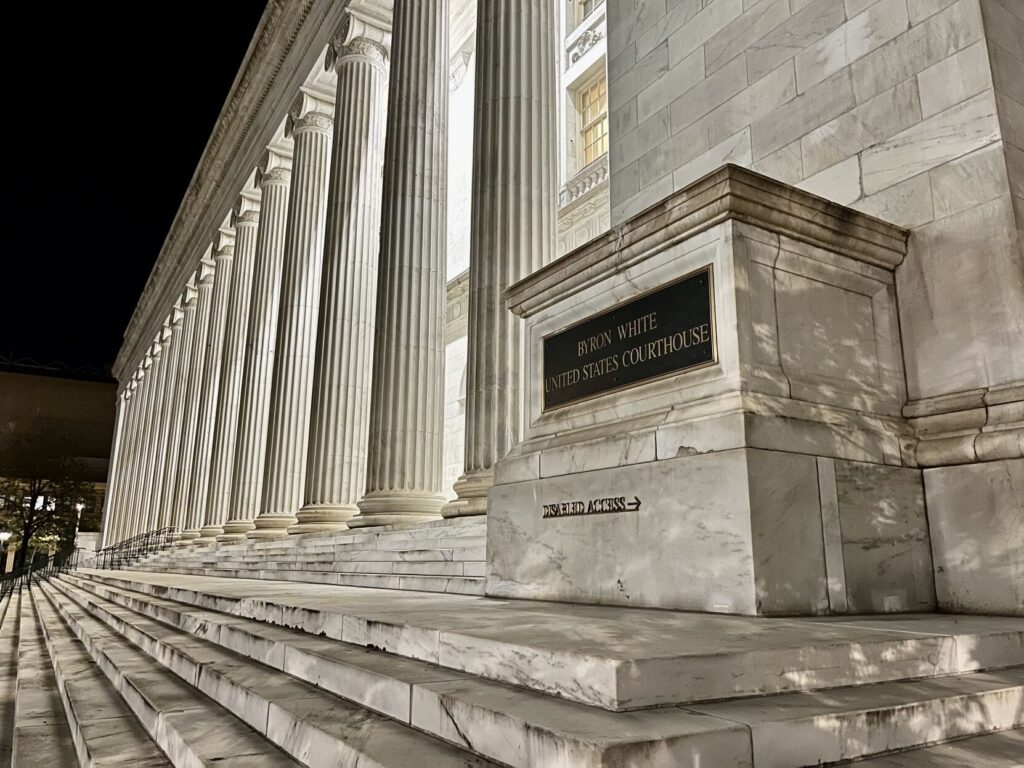One lightning strike away from megafire: Colorado steps up wildfire mitigation work
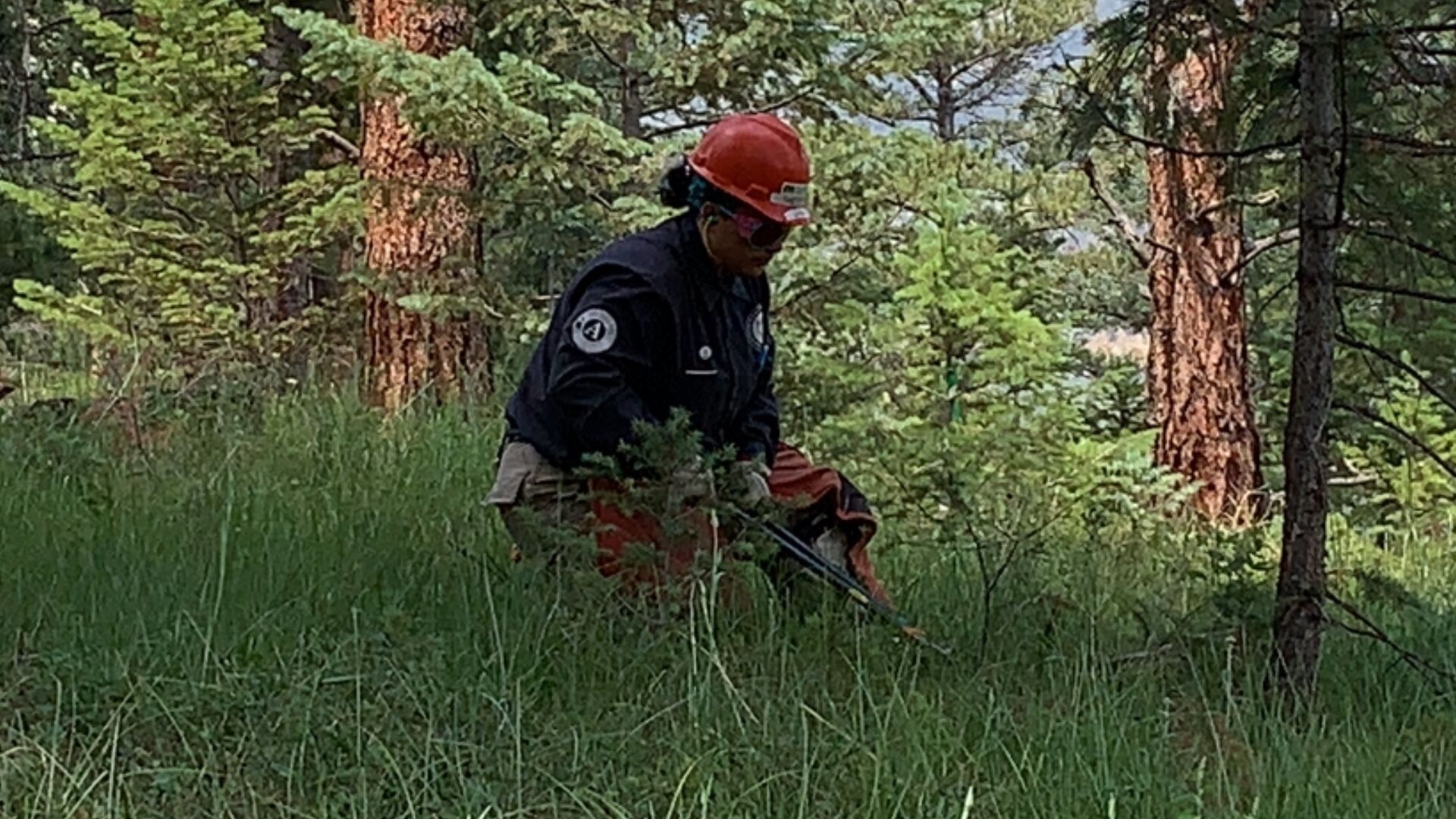
One lightning strike.
One unattended campfire.
One drought season.
That’s how far away Colorado is from the next megafire, warned Dan Gibbs, executive director of the Department of Natural Resources.
Gibbs, a certified wildland firefighter, was on the front lines of the Cameron Peak fire two years ago.
“The 2020 fire season taught us that the status quo of our forest health and wildfire mitigation programs are no longer cutting it,” he said.
Gibbs, along with other state and local officials, joined Gov. Jared Polis on Monday, visiting one of the 49 state-funded projects intended to address wildfire mitigation, touring a private property in Jefferson County, which faces the highest wildfire risk in the state.
“We need to up our game on fire preparedness,” Polis said, surrounded by state and county officials and with a crew of seven from the Mile High Youth Corps, the boots-on-the-ground young people who are gaining job skills, as well as protecting homes and people from wildfire danger.
The work crew is funded by the Colorado Strategic Wildfire Action Program (COSWAP), which is in its second year, the result of 2021 legislation. Jefferson County received $1 million from the program for its “Wildfire Safe” initiative, intended to reduce the fuel that feeds wildfires.
Fire mitigation efforts are more important than ever, Polis said, pointing to the 2020 trio of record-setting fires and the Marshall fire that tore through a thousand homes last year. Over the last two years, Colorado has committed around $145 million in state funds and leveraged millions in federal funds for forest health and wildfire mitigation work to protect communities, critical infrastructure, and watersheds from future wildfires.
That includes $13.3 million for on-the-ground forest mitigation work and landscape scale projects this year and $44 million to protect and restore watersheds threatened by catastrophic wildfire.
The Colorado State Forest Service also saw significant boosts to its grant programs to communities for fuels mitigation work, new funds for a state nursery to support post-fire reforestation, and investments to enhance state wildfire risk awareness campaigns.
“We’ve seen these [mitigation] efforts work,” Polis added. “We’ve seen where the flames stopped, short of homes and businesses, because of effective treatments.”
The natural resources department identified priority areas for COSWAP funding, including in Jefferson County, and pledged $2.8 million for eight county projects.
“We are moving out with a purpose” and a sense of urgency, State Forester Matt McCombs said.
He applauded the efforts of state officials to understand the urgency of forest health and wildfire crisis in Colorado and respond with just-in-time funding and support. Recent fires have demonstrated the need for bold action, he said.
Thanks to the investments from the legislature and the Polis administration, the state forest service is removing more wildfire fuels from communities and watersheds, he said.
The home picked for Monday’s visit is in-between two of Denver’s mountain parks near Evergreen, which McCombs called “the epicenter of fire risk” in Colorado. About 60 acres were initially cleared of overgrowth trees about 10 years ago, so the youth crew is now doing maintenance – clearing the trees that have sprung up since then. Polis called the Evergreen property a model for mitigation efforts.
The homeowner, who did not want to be identified, explained that wildfires are a way of life in her part of Jefferson County. That included a fire on nearby Elephant Butte just two years ago, and only two miles away, that resulted in evacuations.
“The fire was far enough way that we weren’t worried at first, but then the wind changed direction,” she said.
Another fire in 1998, about five miles away, also was affected by wind; it changed direction at one point, racing up her canyon until the wind shifted direction.
The thick forests and steep valley walls of Evergreen are what wildfire experts call fuel and topography. The final piece of the Wildland Fire Behavior “triangle” is weather, and with hotter summers, long-term drought and sometimes fierce winds, Evergreen is one of the highest-risk areas of the state for wildfires.
And while the wildfire risk alone is harrowing, what keeps some residents up at night is the fact that Evergreen faces arguably the most challenging evacuation conditions in Colorado.
A Gazette analysis of U.S. Census Bureau population data and geospatial roadway data, along with multiple simulated evacuations modeled using emergency management software, shows Evergreen faces a high risk of congestion or gridlock during an evacuation, in addition to the high wildfire risks.
Mitigation is important not only because it protects her home but she also has neighbors who won’t do that same kind of mitigation, the Evergreen homeowner said.
Part of her incentive for mitigation, she said, is because if her neighbor’s property catches fire, their home will be gone.
“You can’t force them. That’s what’s so sad,” she said.
“If you can save your life by mitigating, it’s worth it,” she added.
She noted that mitigation is very expensive to do, but the state and the Jefferson County Conservation District have been helpful in providing resources.
But her work alone isn’t enough. One of the two Denver Mountain Parks visible from her property is very dense with trees.
“They don’t take care of it, they don’t thin their trees,” she said.
That’s part of the problem of wildfire mitigation: numerous jurisdictions and not all working together.
Polis referred to it as a checkerboard of land ownership: federal, state, county, municipal and private. The COSWAP grants are one piece of the state’s overall fire strategy, hoping to keep minor fires from becoming major ones.
“It takes a village to manage a forest,” said Garret Stevens of the Jefferson County Conservation District.
The district has treated 5,000 acres in the Conifer-Evergreen area but one million acres still need work. Stevens believes educating homeowners will change some of those who say “no” to “yes.”
Evan D’Amore, one of the Mile High Youth Corps crew leaders, explained that the trees they’re clearing are those under six feet in height. These young trees are considered “ladder fuel” – low fuels that climb up other trees during a fire. The larger trees, such as the Ponderosa pines in the area, aren’t so likely to catch fire, but those small trees can carry the fire up to a larger tree, like a Douglas fir. That eventually leads to “crown-jumping,” where fire jumps from the top of one tall tree to the next.
Evan D’Amore, one of the crew leaders of the Mile High Youth Corps, explains why and how they’re protecting property from wildfire danger. Marianne Goodland, Colorado Politics.
“Fires are a natural part of this ecosystem. We’re just trying to make sure they don’t turn into the megafires,” which have happened across the state in the last couple of years, D’Amore told Colorado Politics.
The youth corps members will continue on to other mitigation projects during the summer, but their futures are bright: McCombs offered the crew jobs with the state forest service once they’re done.
Sherm Dougherty, a community ambassador for the wildfire mitigation efforts in the Evergreen area, has 400 homes in his plan unit, which is part of a series of units within Evergreen Fire Protection District. It’s his job to bring the resources directly to the homeowners. He has contacted about 200 of the 400 homeowners in his unit, and all have indicated interest in participating, but the other 200 haven’t yet responded.
Maybe 25% are resistant to doing anything, he said.
“We will always have a property owner who disrupts our ambition to have an ‘island of resiliency,'” he said, referring to a series of contiguous properties that mitigate and protect each other when a wildfire takes place.
The ones that mitigate might survive a wildfire, but the one in that island that doesn’t creates risk for everyone else, he said.
An ember storm that results from a fire to that unmitigated home will generate more embers than the embers generated from a fire on one acre, and as a result, all that effort could be lost, he said.
“We want these islands of resiliency” to protect everyone, Dougherty said.
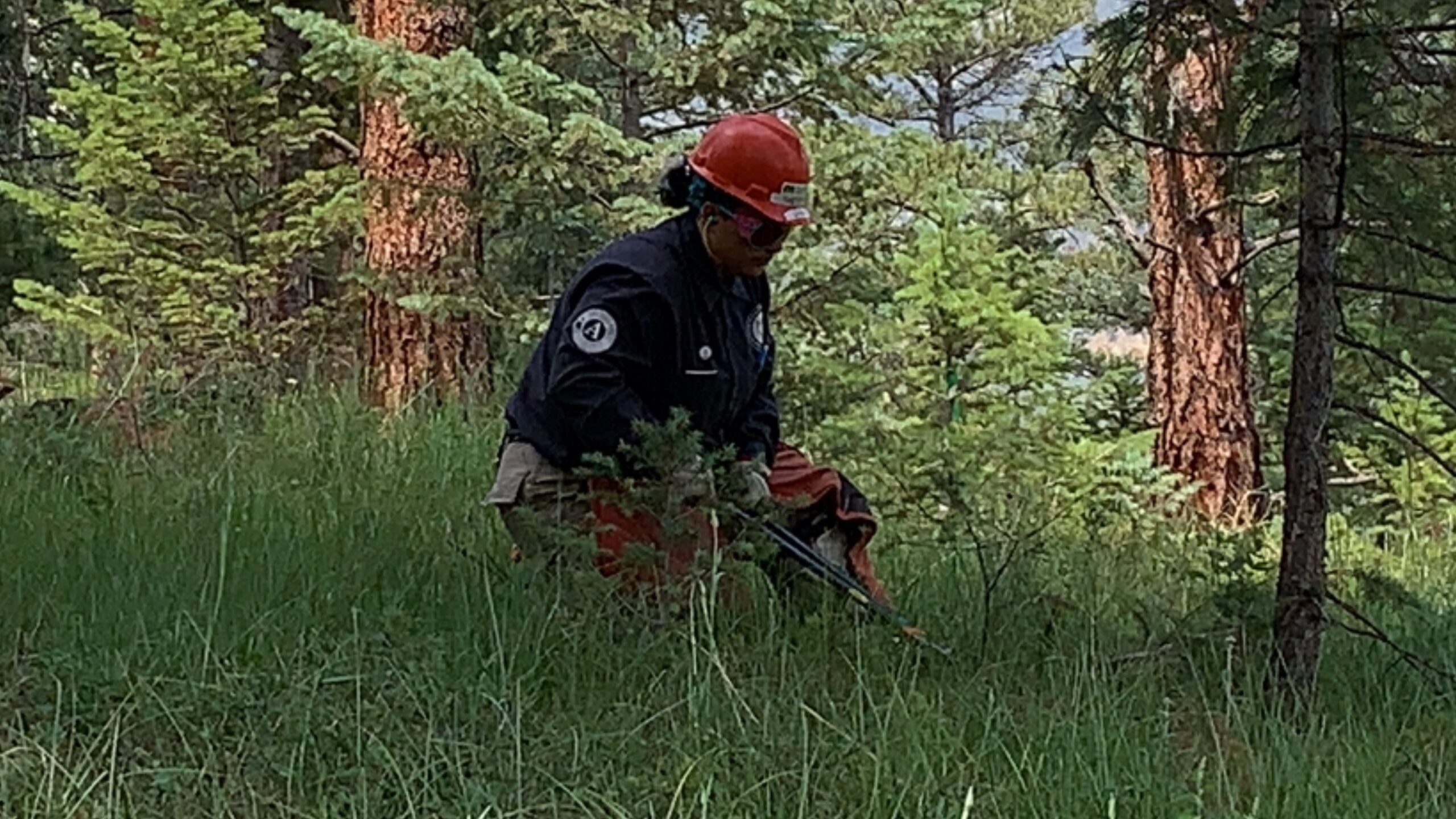
marianne.goodland@coloradopolitics.com
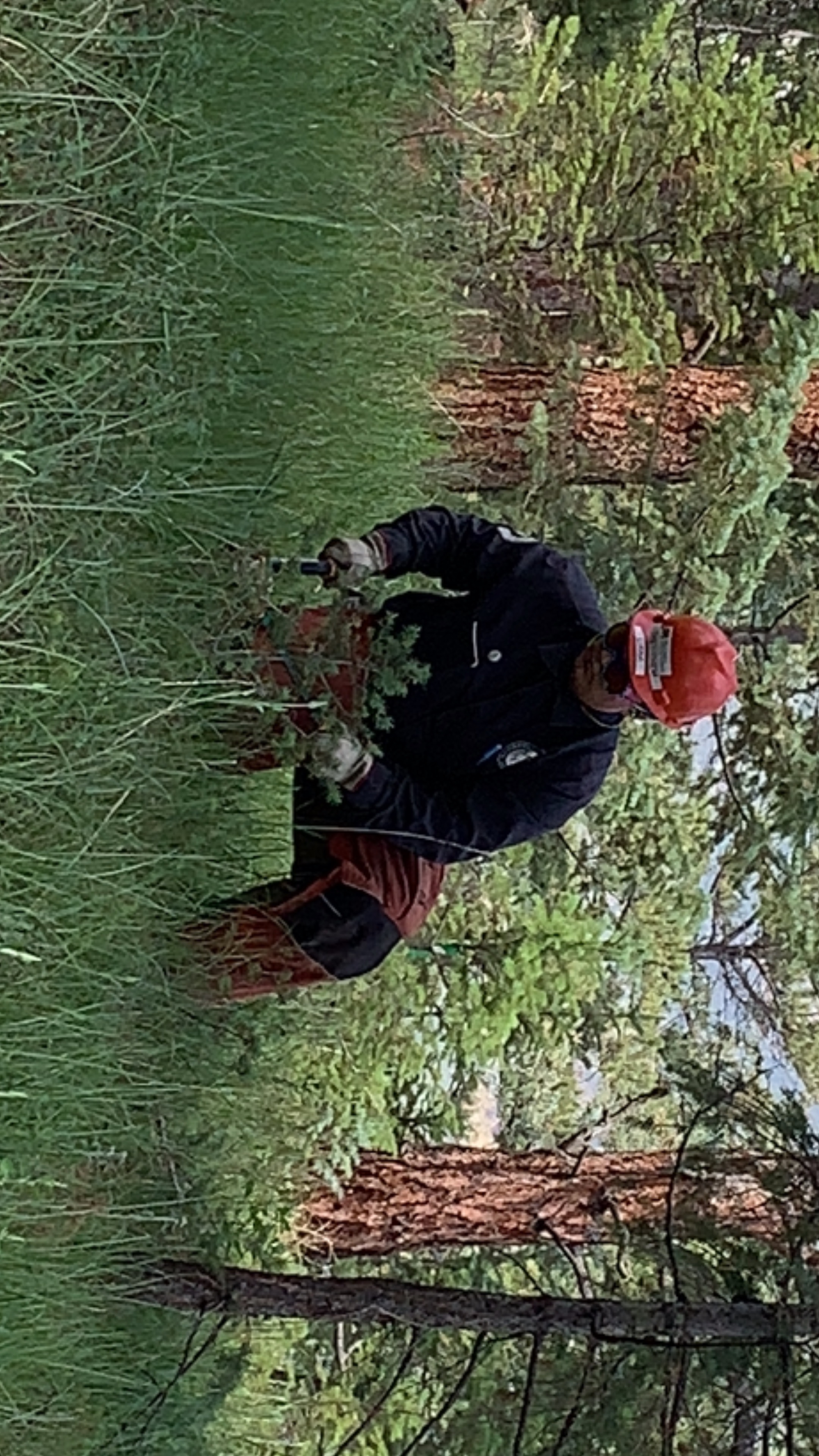
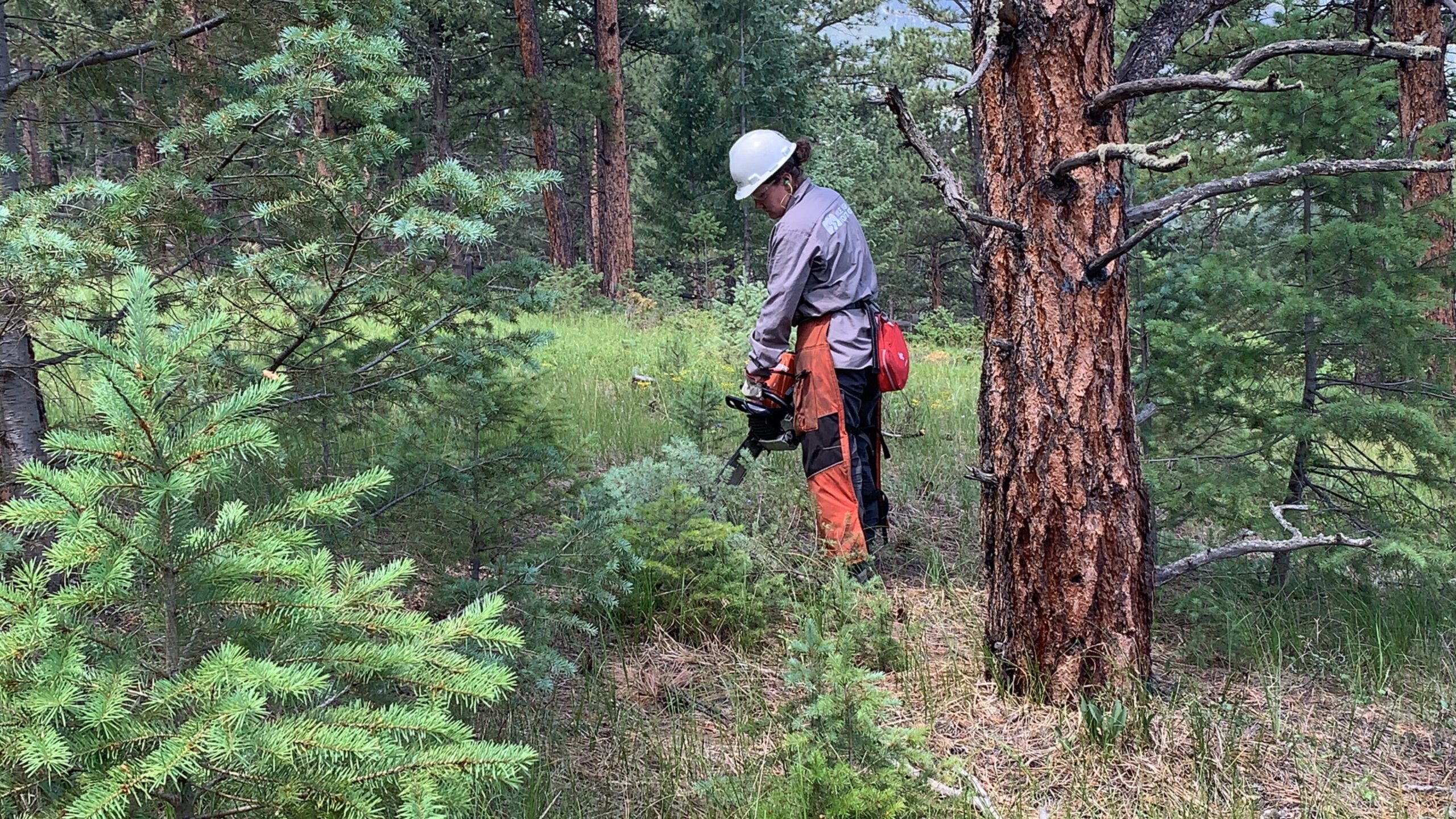
marianne.goodland@coloradopolitics.com


